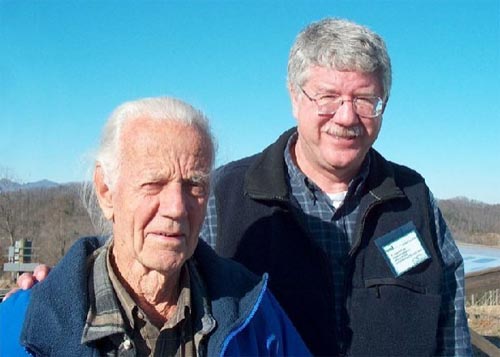So joining the monastery had nothing to do the with the war work you doing at the time?
Not particularly. I was a belligerent atheist when I first heard Swami Ashokanandra speak in February 1937. But when that man opened his mouth, I knew I had made a mistake. I had prematurely presumed that the notion of God was a mythological thing. But in listening to Swami, I knew instantly that I had made a mistake. By 1940, I knew I wanted to join the monastery. I went to Swami for instruction, and he sent me back to the university.
By the time I entered the Vedanta monastery in 1944, I knew that the universe was primarily made of hydrogen and that the principal energy in the universe was gravitational collapse. Gravity was the force that caused the hydrogen to fall together and that’s what made the stars and galaxies, but I wanted to make a telescope to watch it happen.
You had an interest in astronomy before you had a telescope?
As a child my father had one of those stupid refractors. It was without a mount, so we simply leaned it against something to view through it. I remember when I was in grade school making drawings of Jupiter its moons on different nights. These pictures were made on dark blue paper, two feet tall and a foot and one-half wide. They were really big pictures.
When did you decide to make your first telescope?
While I was in the monastery in San Francisco, I became intensely [interested] in actually seeing what was out there. I wanted to see it happening. My friend said that I could grind my own glass, and I said, “You’re nuts.” I can’t remember the exact dates when we did this, but it was quite a few years after entering the monastery in 1944.
We began making our first telescope using twelve inch porthole glass. We ground it against another 12 inch porthole glass that we found in a salvage shop at the foot of Filbert Street in San Francisco. The grinding of the glass required the use of carborundum which could be purchased readily in San Francisco.


